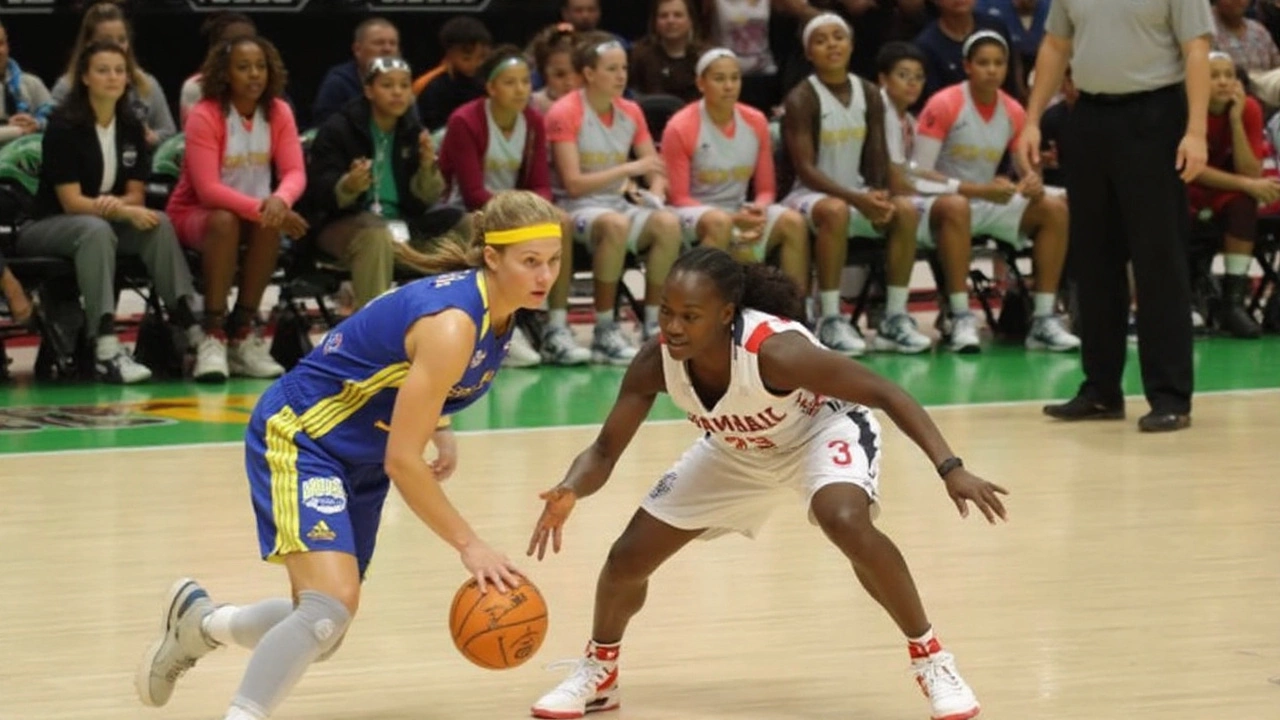Best‑of‑Seven Finals: The Ultimate Showdown
When you hear best‑of‑seven finals, a competition format where two teams can play up to seven games to decide a champion. Also known as seven‑game series, it provides a balanced test of skill, endurance, and adaptability. This format is the climax of many leagues, turning a season’s worth of effort into a high‑stakes duel.
The playoff series, the elimination stage that often culminates in a best‑of‑seven final is the engine that drives excitement. A best-of-seven finals series forces teams to adjust tactics after each game, making the competition more than just a single showdown. It requires depth in roster talent and coaching flexibility, because a losing effort in Game 2 can be reversed by a strategic pivot in Game 3.
At its core, the sports championship, the title awarded to the winner of the final series represents the ultimate goal for any franchise. Winning a best‑of‑seven final stakes a claim on the league’s hierarchy and secures a place in history. The championship status influences everything from player contracts to fan loyalty, creating a ripple effect that reaches beyond the court or field.
One of the most talked‑about moments comes in Game 7, often dubbed game 7 pressure, the intense mental and physical strain on players during the decisive final game. The pressure shapes performance, turning even seasoned veterans into underdogs or heroes. Studies of player statistics show a noticeable dip in shooting percentages under this stress, highlighting how psychology intertwines with skill at this stage.
Media rights and broadcast revenue impact the best‑of‑seven format itself. Networks pay premium fees for the chance to air a Game 7, because viewership spikes dramatically. This financial incentive encourages leagues to keep the seven‑game structure, balancing competitive fairness with commercial gain.
From a coaching perspective, the series requires constant adjustment. Bench depth, line‑up rotations, and in‑game analytics become critical tools. A team that can exploit the opponent’s weakness after the second or third game often gains a decisive edge, turning a tied series into a momentum swing.
Fans also feel the pull. The narrative arc of a best‑of‑seven final—early dominance, mid‑series comeback, nail‑biting finale—creates unforgettable memories. Social media buzz, merchandise sales, and community events all peak as the series approaches its climax, cementing the finale’s cultural impact.
Different sports tweak the rules slightly. In the NBA, a 24‑second shot clock speeds up the game, while the NHL’s overtime format adds sudden‑death excitement. Baseball’s longer innings and extra‑inning rules make each game a marathon. These sport‑specific rules, the variations that tailor the best‑of‑seven format to each sport’s character keep the core idea fresh across leagues.
All of these pieces—playoff series dynamics, championship stakes, game 7 pressure, broadcast influence, strategic coaching, fan involvement, and sport‑specific tweaks—come together to define what a best‑of‑seven finals really is. Below, you’ll find a curated set of articles that dive deeper into each angle, from historic comebacks to the economics of a Game 7 showdown.

2025 WNBA Playoffs: Seven Firsts and Fierce Parity Rewrite the Postseason
The 2025 WNBA Playoffs are breaking new ground: the first best-of-seven Finals, a revamped playoff format, and the Golden State Valkyries reaching the postseason in their debut year. Aces, Liberty, Lynx, Dream, and more look like real contenders. Early series tilted toward top seeds, but upsets feel inevitable. Depth, health, and adjustments may decide everything.
Read more